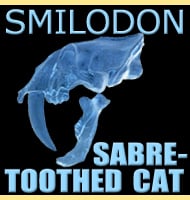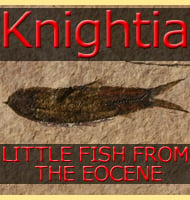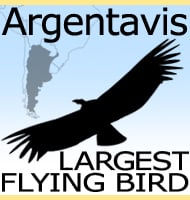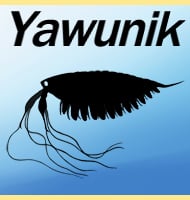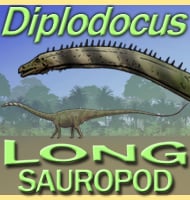In Depth
Nemicolopterus is currently regarded as the smallest known pterosaur, and it is almost inconceivable from looking at it that on the other end of the pterosaur size scale would be giants like Quetzalcoatlus and Hatzegopteryx with wingspans of eleven meters. The curved claws of Nemicolopterus indicate that it could have perched upon branches in the tree canopy, and maybe used them for climbing as well. By living in the tree canopy it could avoid the majority of the predators of the time and would have used its toothless beak to catch small insects, either in flight or plucking them from the trees.
Since its discovery, it has been suggested that Nemicolopterus may actually represent the juvenile form of another pterosaur, most probably Sinopterus. These would fit with other juvenile forms of other pterosaurs that had a differing morphology and ecological niche to their adult kin. Only new fossil material from ideally both genera can resolve the issue without doubt.
Further Reading
Further reading


